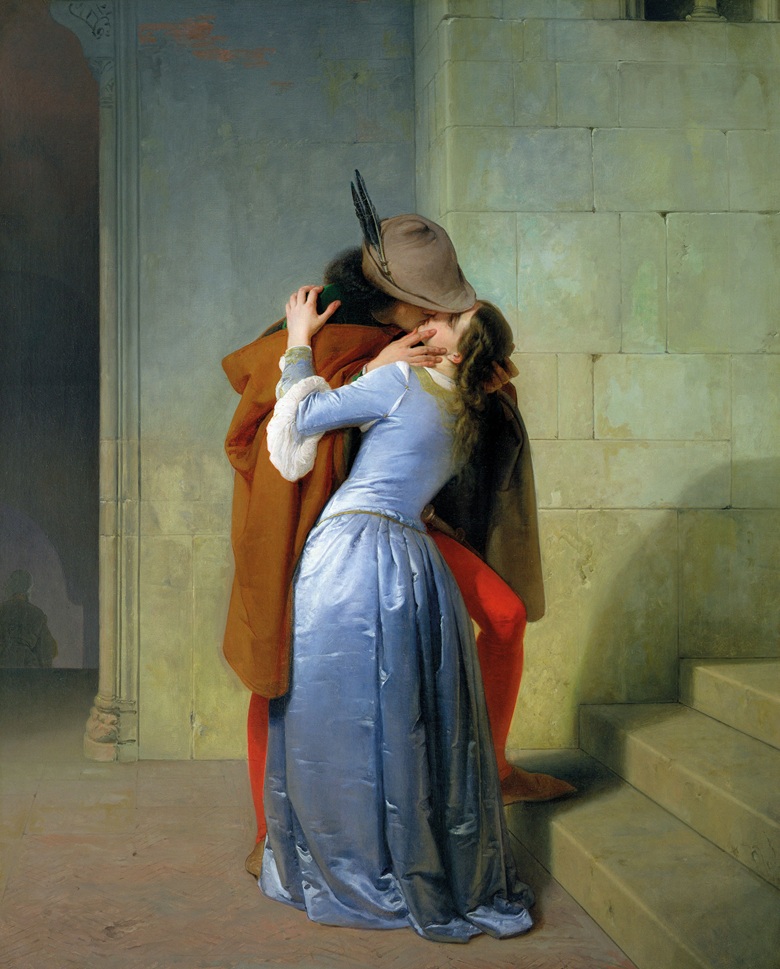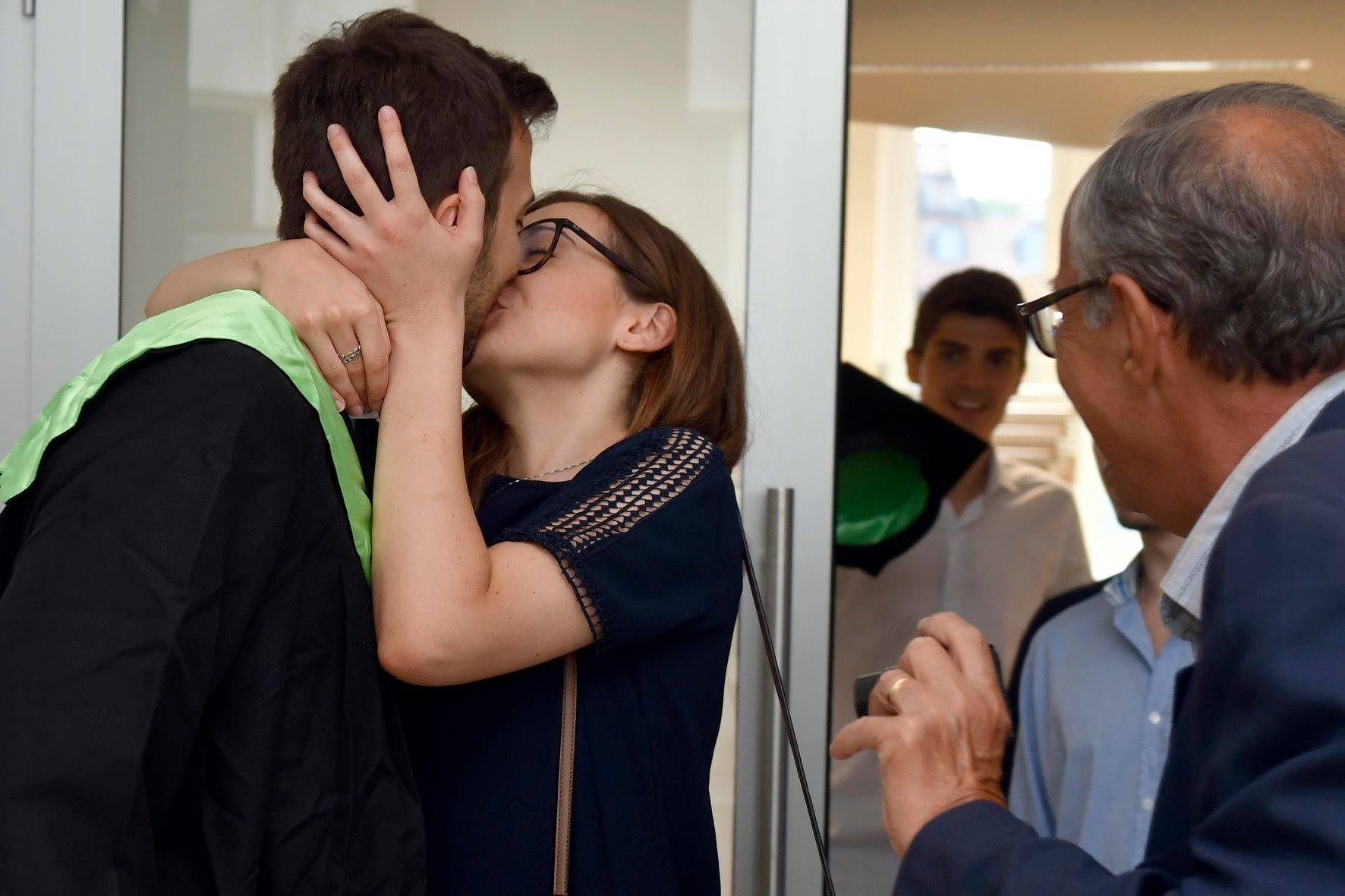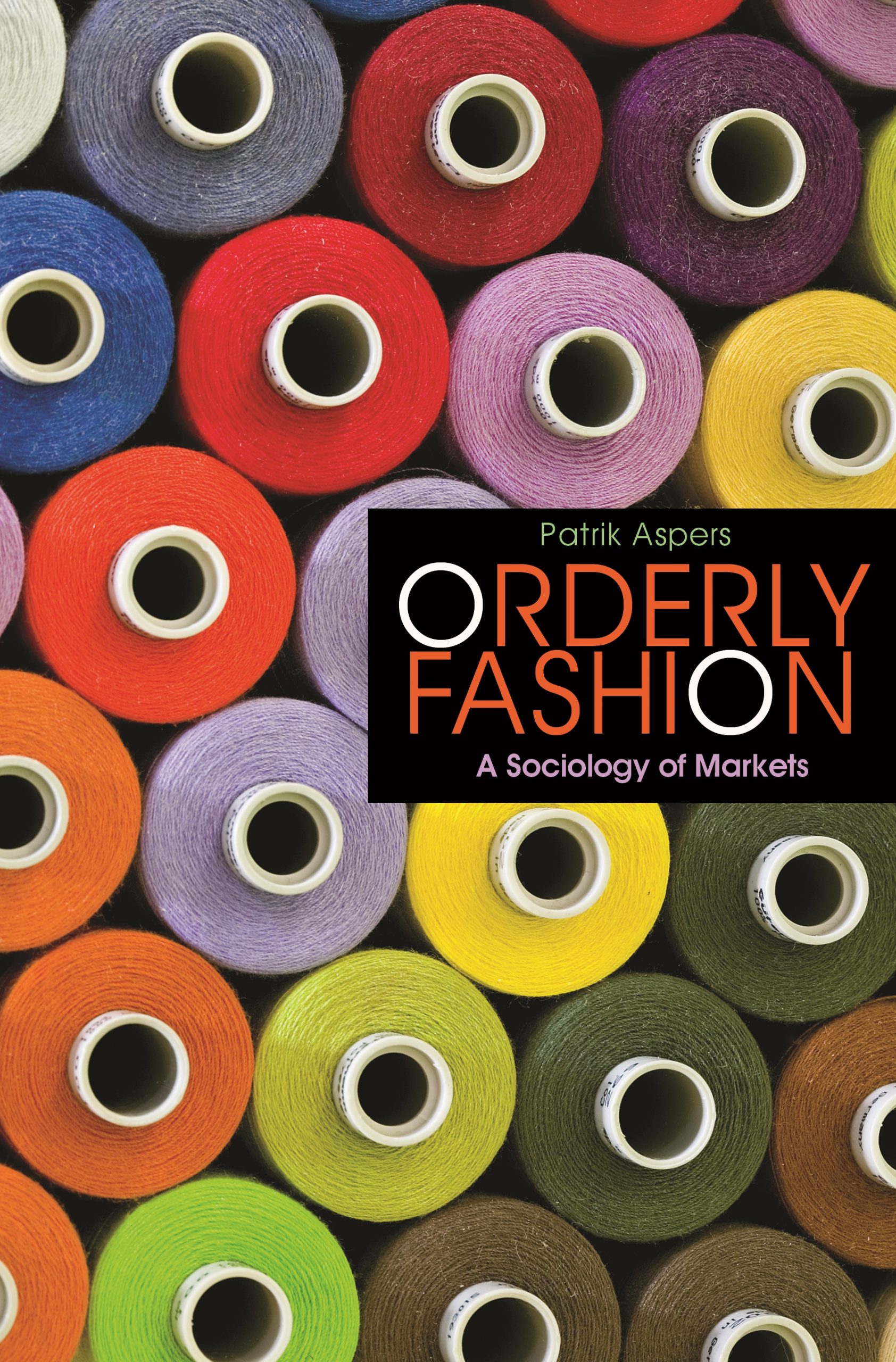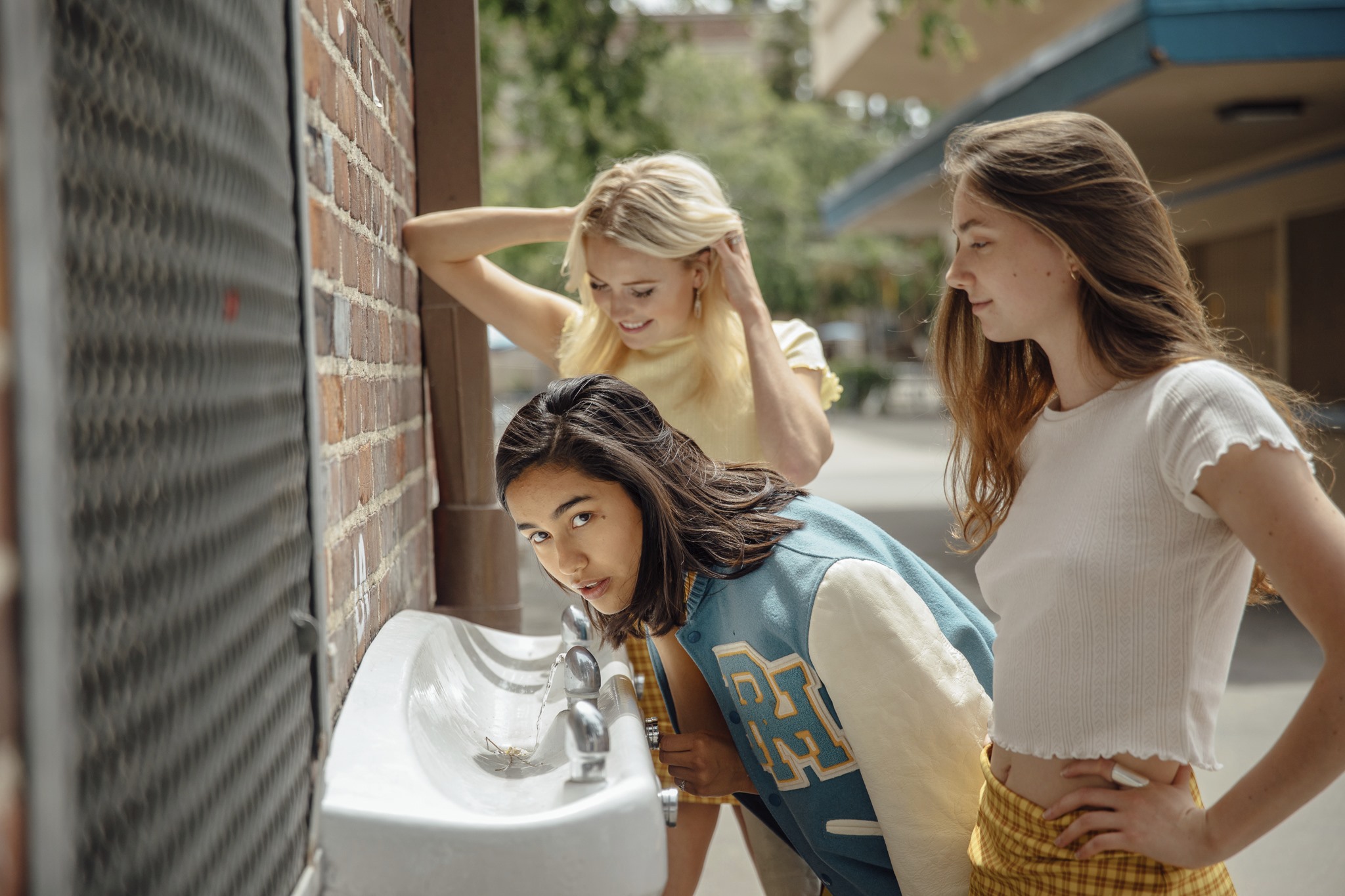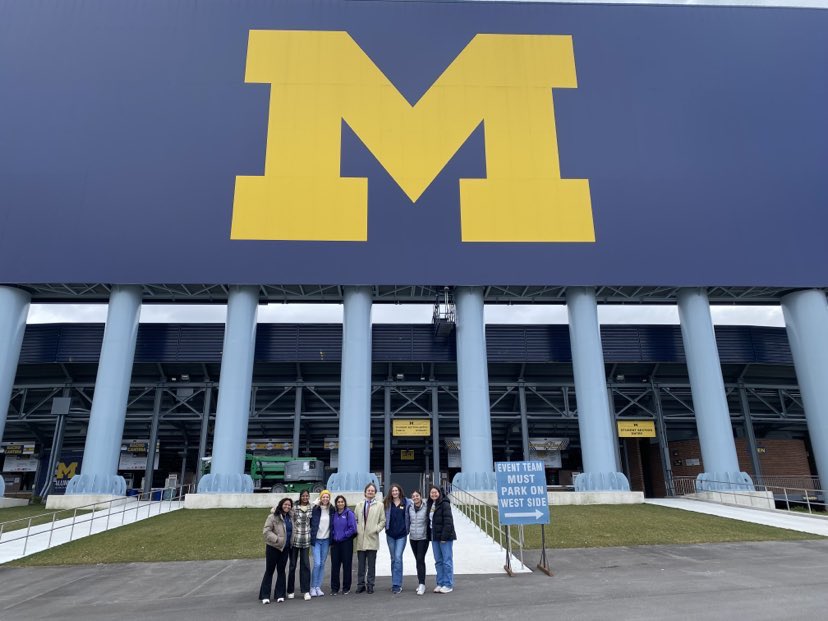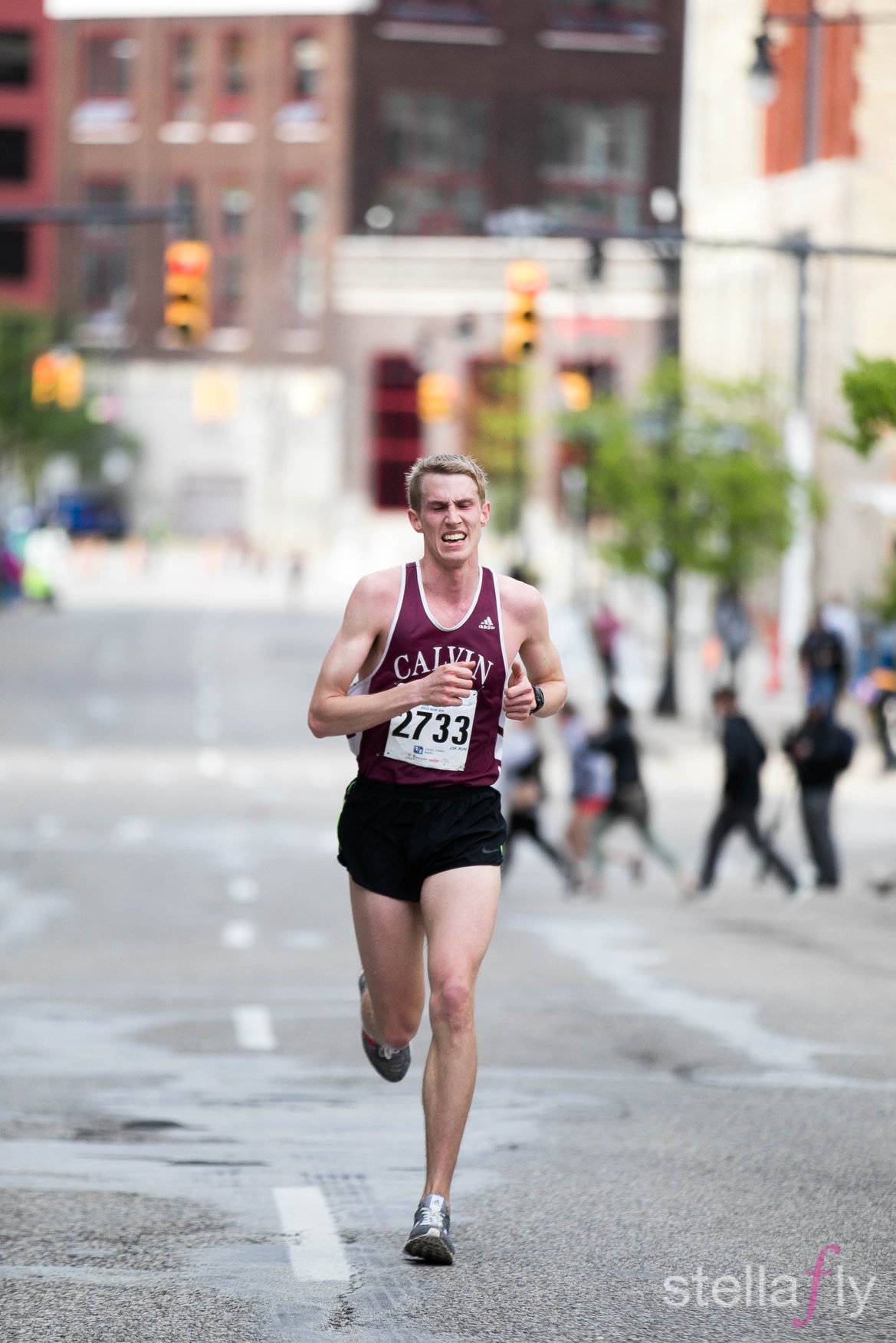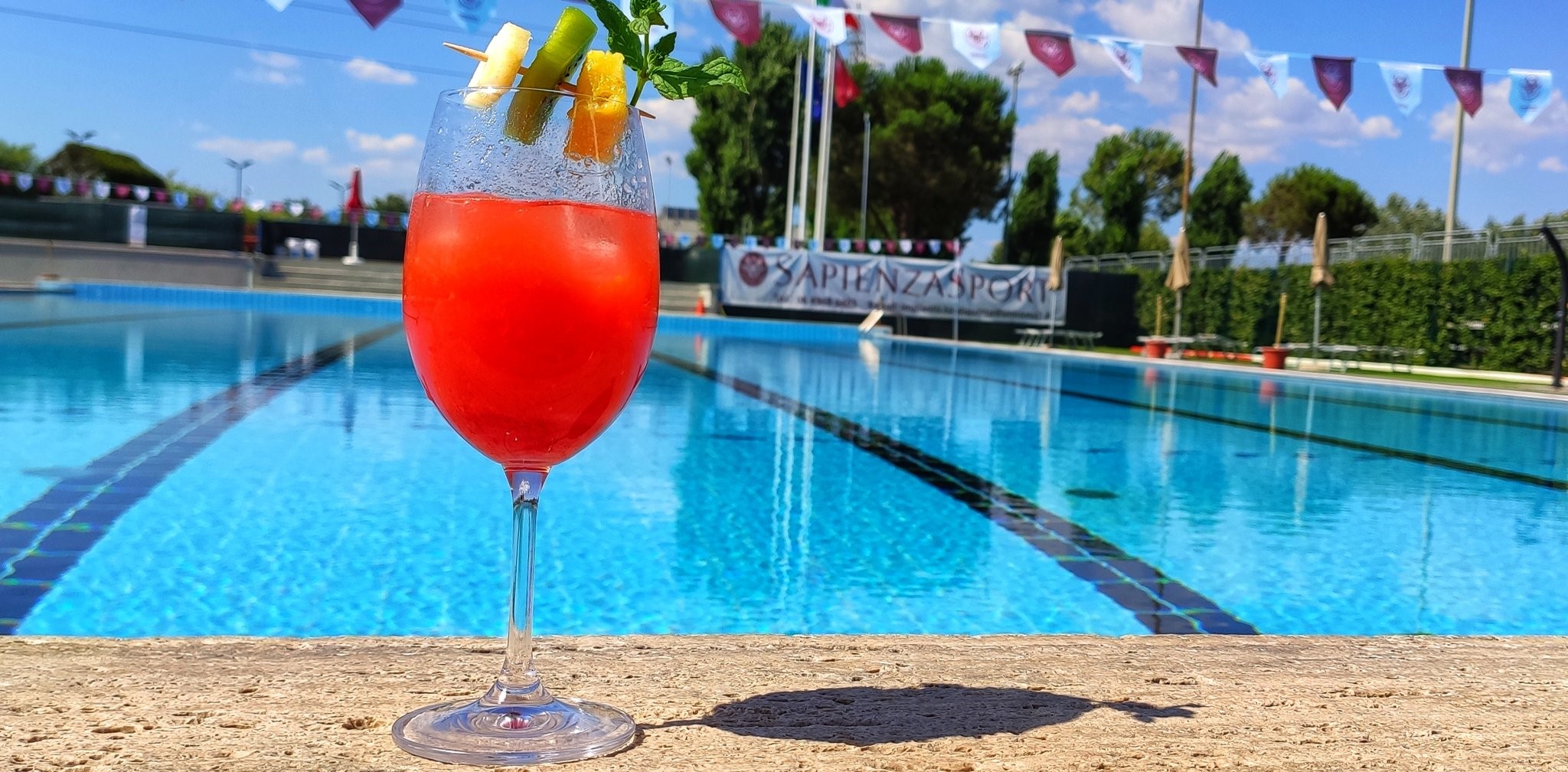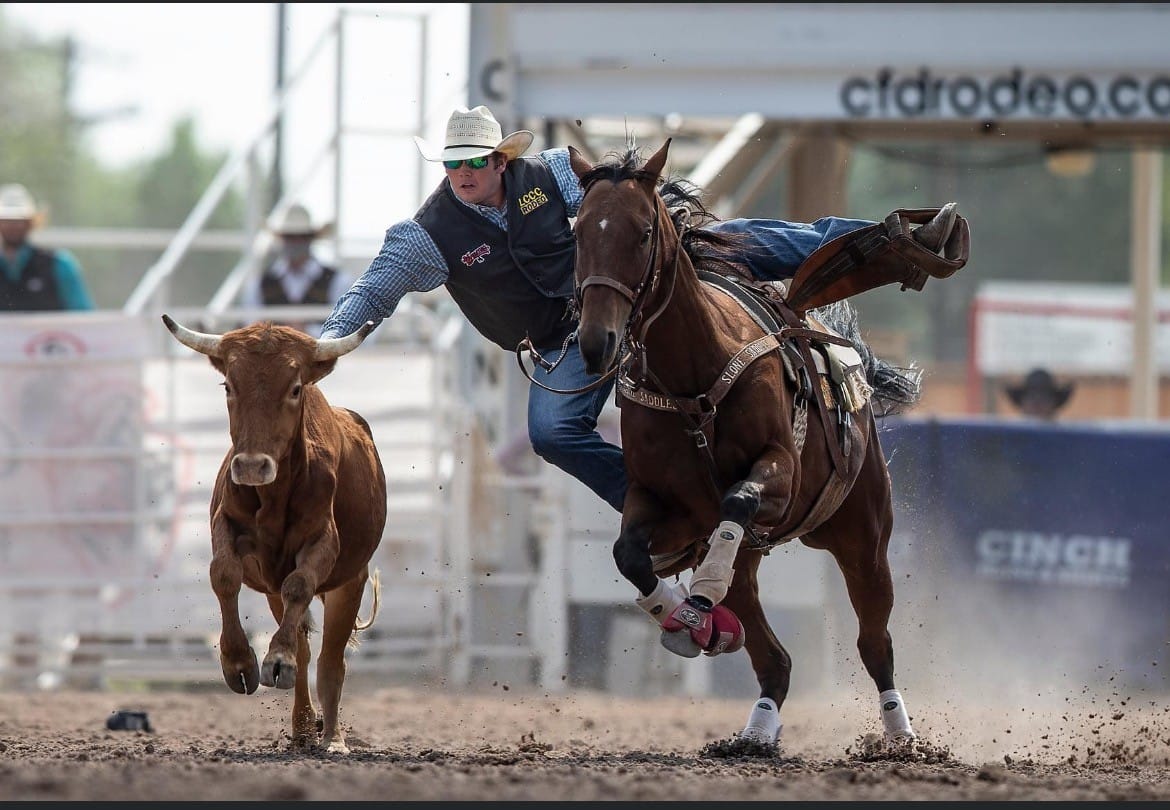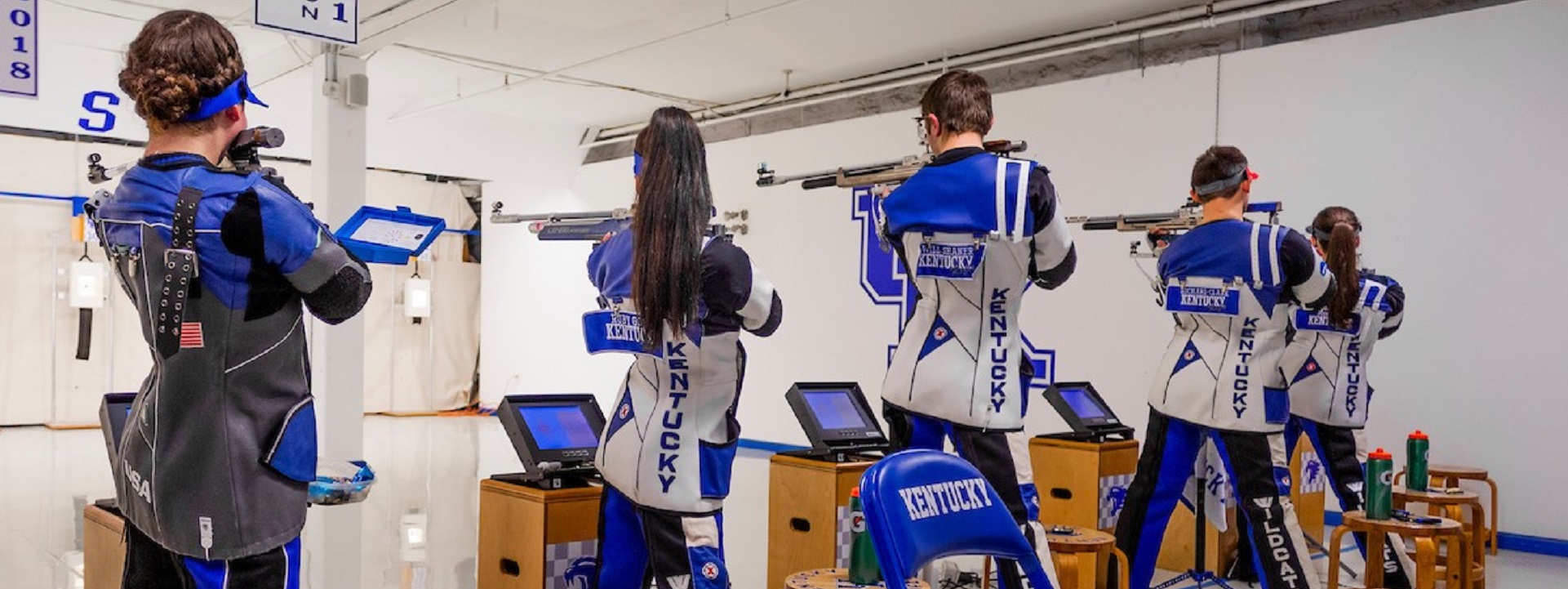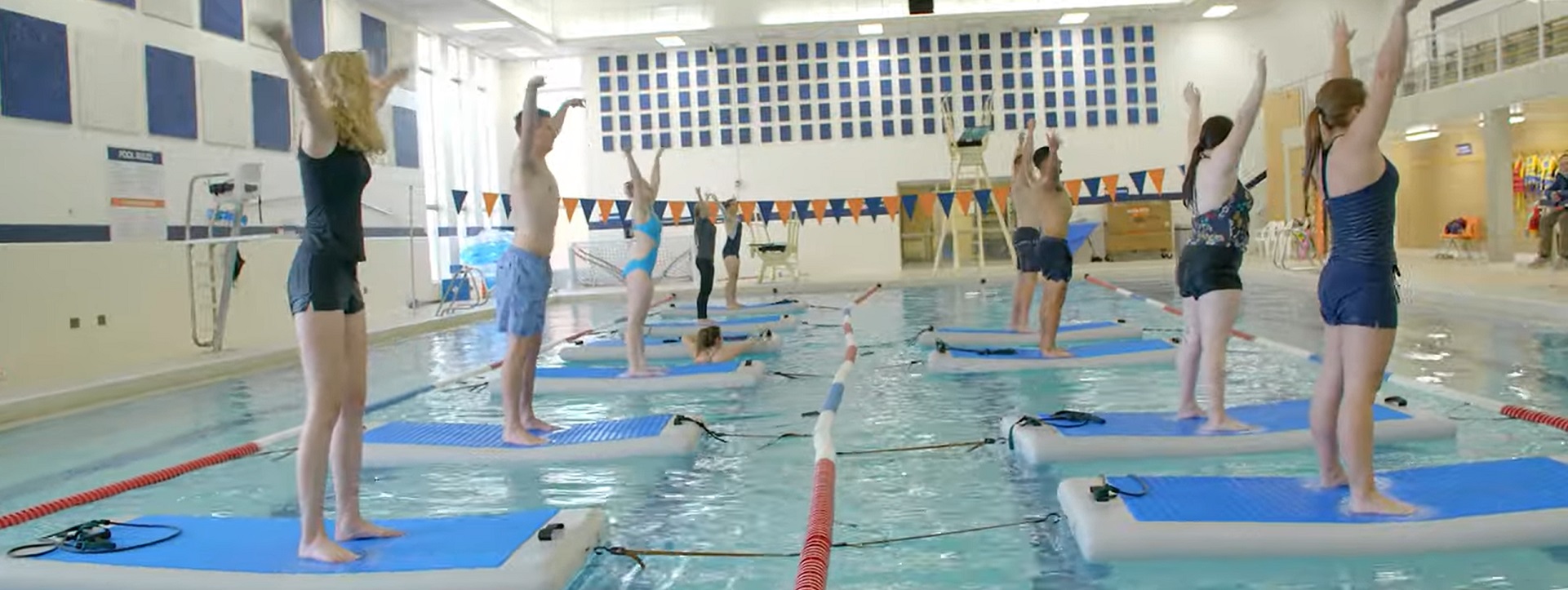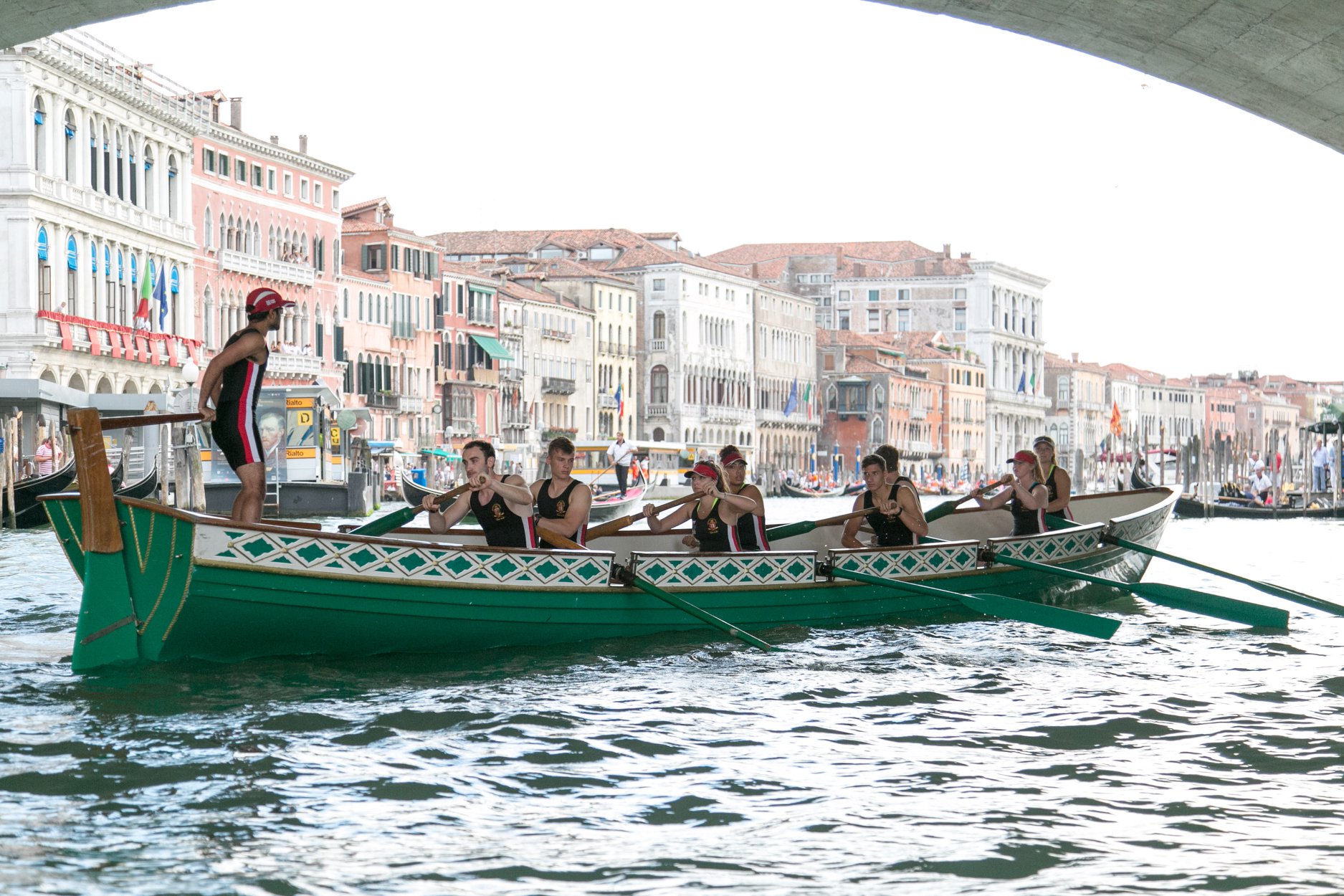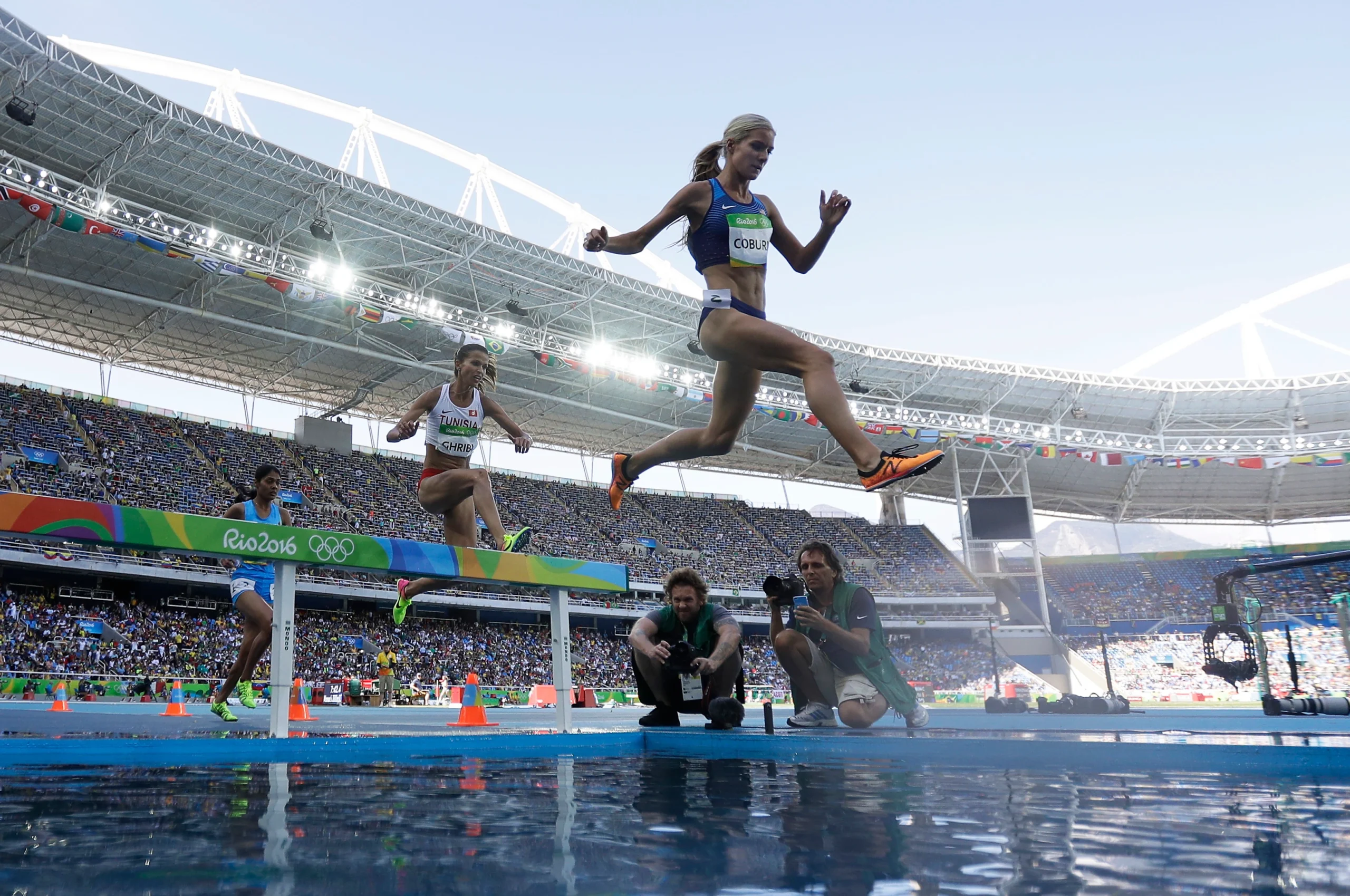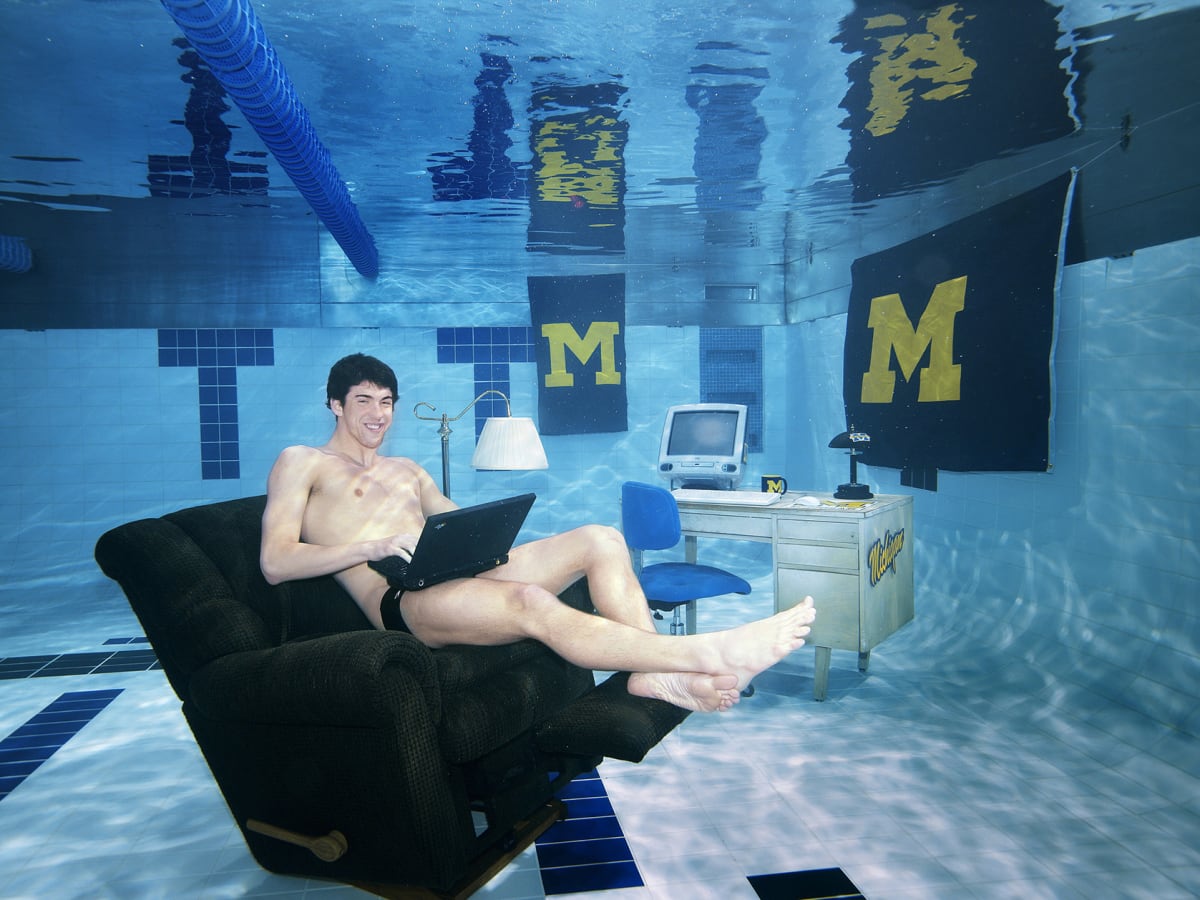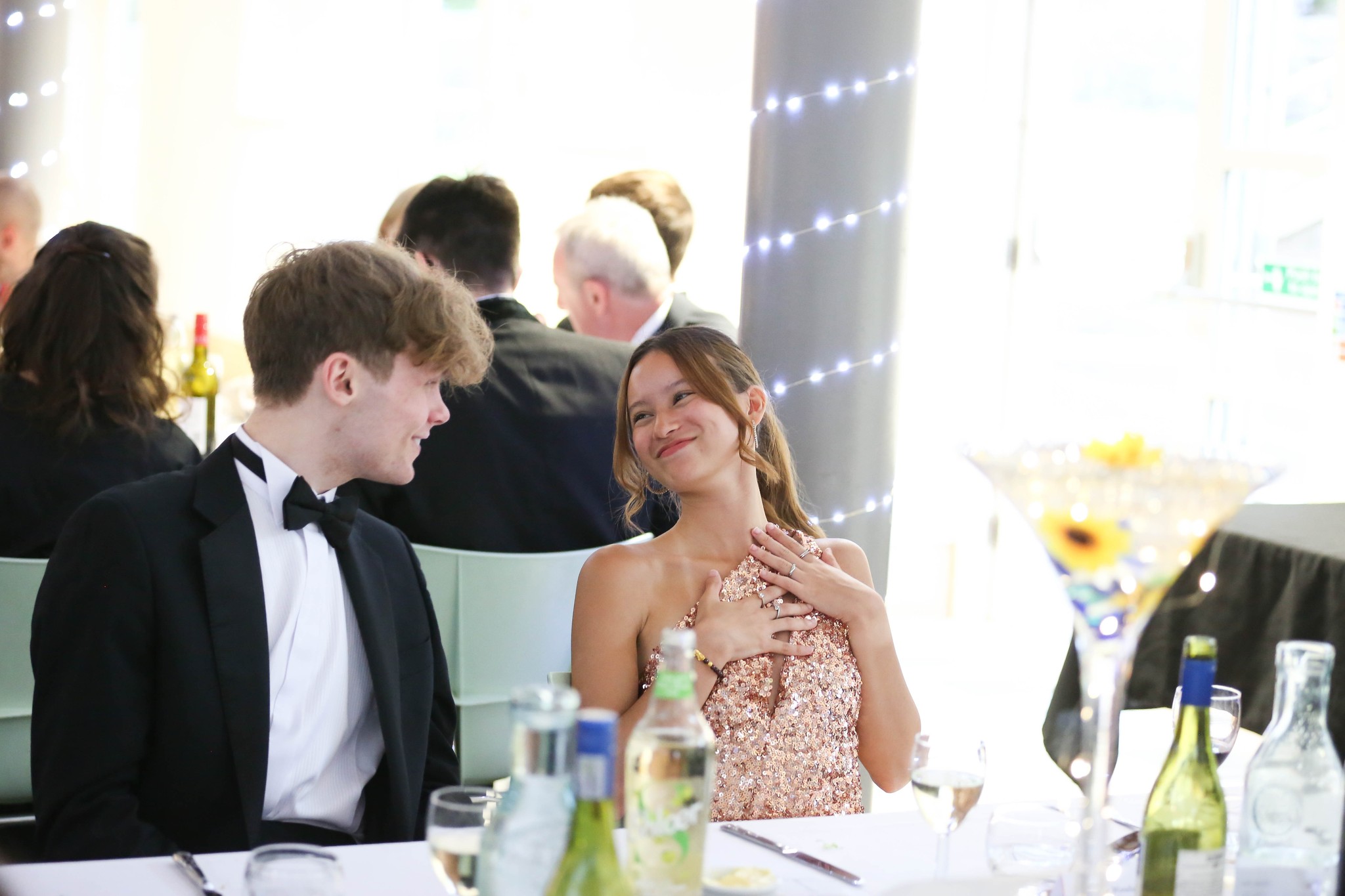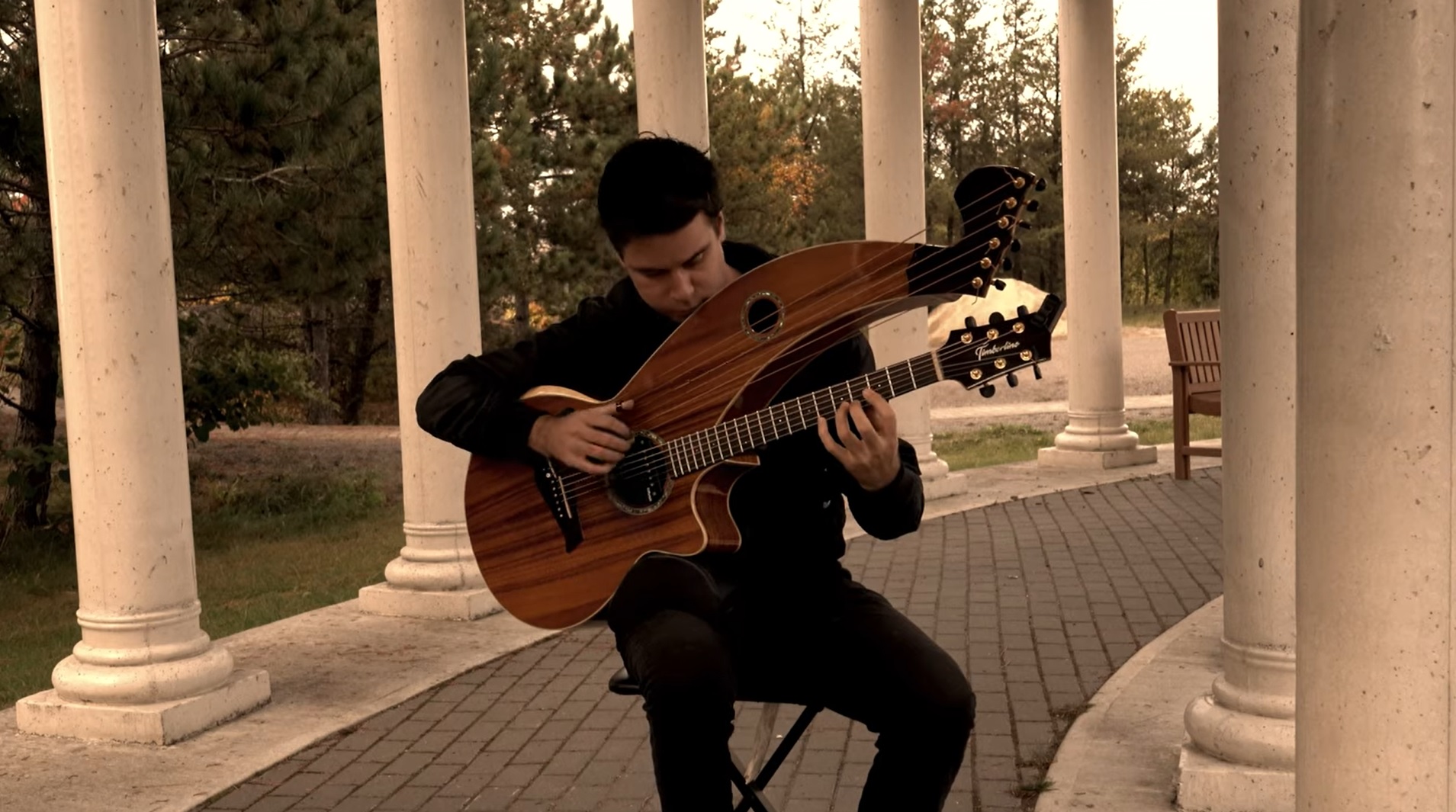“Dear students, faculty, distinguished guests, parents,
I’m so proud to have been offered this honorary degree by the @New England Conservatory of music. When I learned that my friend Manny Axe was also being honored, I thought: some great company. But my mother would be proud. She studied here in the early 1940s.
I want to talk today about language, music and the human condition. I realize that to talk about music is an exercise in futility. Critics do it and, I have no doubt, your professors. But Music does an end run around language and goes straight to the heart. It defies our efforts at judgement and control: it either connects or it doesn’t. I suppose one might be persuaded to appreciate a particular piece of music but that sounds pretty cerebral to me. Music is spiritual food.
The human condition, it seems to me, is that we are split, bifurcated. We are a product of the natural world, of the co-evolved skin of life on the surface of this miraculously unlikely planet.
But we put ourselves slightly above and at some remove from that natural world. And we’re always looking for trouble. Our very successful survival strategy is to analyze, predict and control everything around us.
In the book of Genesis, God gives Adam the job of naming everything. And that’s what we do, we name and categorize everything.
This is a language of names for things but you can’t sit in the word “chair”, you can’t climb the word ”tree”, in fact the only word that is what it says… is the word, “word”.
Music is a language, we use it to communicate emotions, but it’s not representative, like this language of names: music feels real.
Analyze predict and control. It’s a defensive tactic and we are suspicious and distrustful, not only of the natural world but of our own animal selves. Of this meat-suit we live in, with its appetites and urges, which humiliates and embarrasses us and which, in the end, will betray us with its mortality.
Maybe this is a good point to tell you my favorite joke: what did the Zen Buddhist say to the hotdog vendor? Make me one with everything. It’s a very Dad joke.
I’m pretty sure our new puppy is “one with everything” and, when I was a kid, I think I was too. But over time I learned self-consciousness. I also assembled a worldview, a sort of consensus reality. These are wonderful tools. They allow us to cooperate with strangers. Actually, I think that’s a pretty decent definition of civilization: cooperation among strangers. But it comes at a cost. The price of our egocentric identity is separation and isolation and we very much want to escape. To give the rational humanist construct the slip and get back to the garden. Get back, JoJo… Music can make that happen for a while.
How does music make us “one with everything”? It’s a mystery. But it might be partially because music IS real. It obeys the laws of the physical universe: an octave is half the frequency of the one above it and twice that of the one below. A fifth, an octave, a third, a seventh, the whole overtone series, is a physical, mathematical reality.
And live music, performed in an actual, non-virtual space, with an audience of fellow humans can be truly transcendent, a communal emotional event. Covid and its hiatus of nearly two years has brought home to me just how much I need it.
That’s what I want to leave you with and encourage you to do: make live music for live people. Whatever it takes and however you can manage it, alone or with other players, get your music in front of people. Make us one with everything.”



